In the period known as the Dark Ages (c. 300 - 700 AD), woodlands staged a remarkable comeback across Europe, including the Netherlands.


In the period known as the Dark Ages (c. 300 - 700 AD), woodlands staged a remarkable comeback across Europe, including the Netherlands.
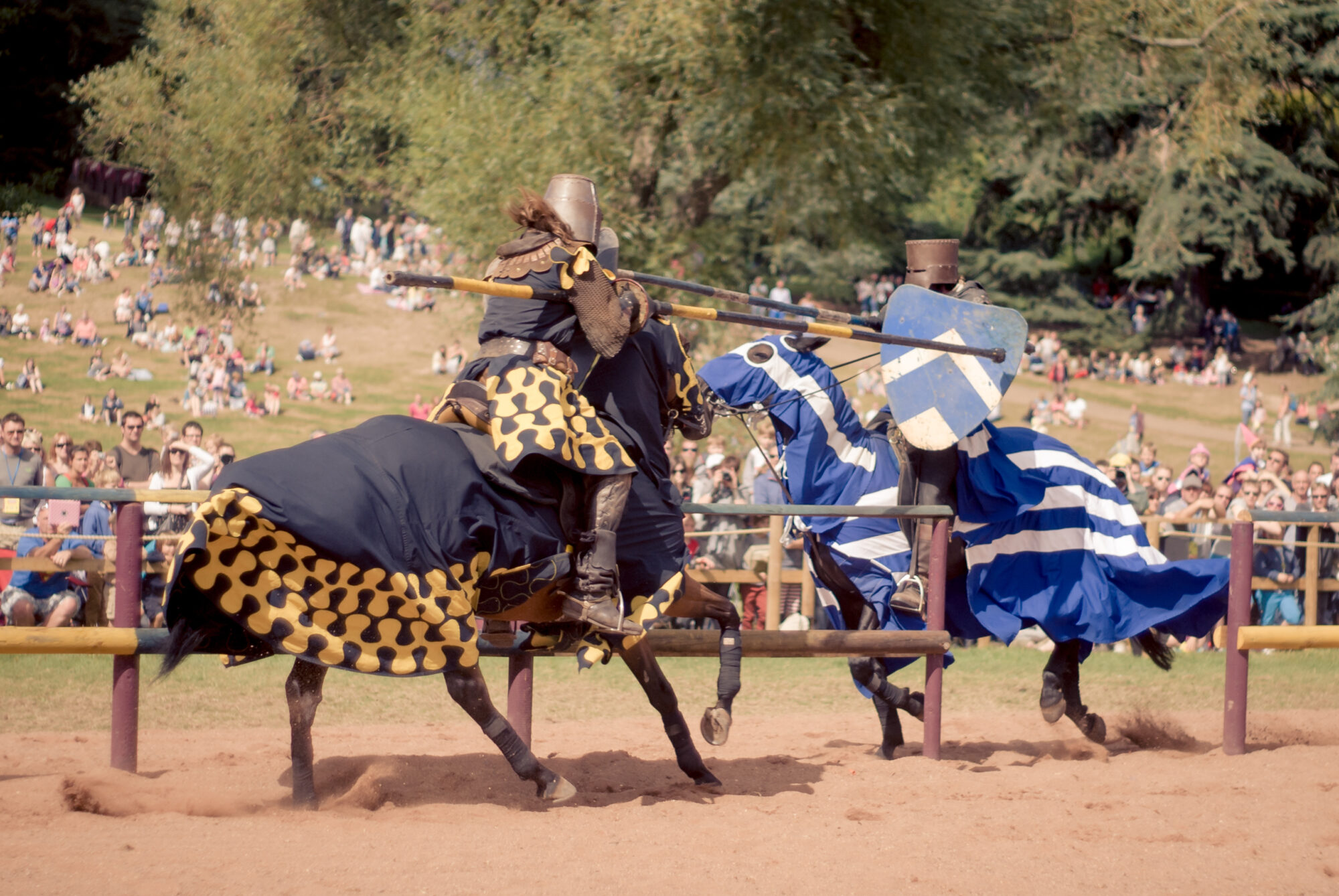
If your car was a horse, which one would you prefer to ride if you belonged to the Medieval elite? And why? This question is answered by a new archaeological analysis of an animal cemetery in London discovered thirty years ago. Not a locally produced, it appears. Newly published results from an archaeological analysis show how late medieval and Tudor elites imported superior animals to the UK for jousting and as status symbols.
Using advanced archaeological science techniques, including studying chemical composition, researchers have been able to identify the likely origins of several physically elite horses and the routes they took to reach British shores during the formative years of their life.
These animals – akin to modern supercars – were sourced from a variety of locations across Europe specifically for their height and strength and imported for use in jousting tournaments and as status symbols of 14th- to 16th-century life. They include three of the tallest animals known from late medieval England, standing up to 1.6 metres or 15.3 hands high, which while quite small by modern standards would have been very impressive for their day.
The skeletons of the horses were recovered from a site under the modern-day Elverton Street in the City of Westminster, which was excavated in advance of building works in the 1990s. In medieval times, the cemetery would have been located outside the walled City of London but was close to the royal palace complex at Westminster.
The research, led by the University of Exeter, and funded by the Arts and Humanities Research Council, is published in the latest edition of Science Advances.
“The chemical signatures we measured in the horse’s teeth are highly distinctive and very different to anything we would expect to see in a horse that grew up in the UK,” said Dr Alex Pryor, Senior Lecturer in Archaeology and lead researcher. “These results provide direct and unprecedented evidence for a variety of horse movement and trading practices in the Middle Ages. Representatives for the King and other medieval London elites were scouring horse trading markets across Europe seeking out the best quality horses they could find and bringing them to London. It’s quite possible that the horses were ridden in the jousting contests we know were held in Westminster, close to where the horses were buried.”
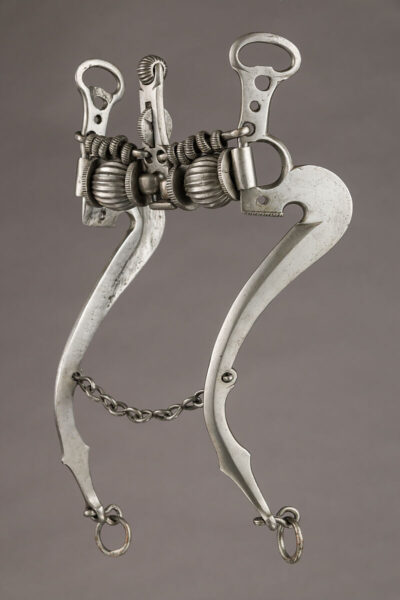
In the first experiment of its kind to be conducted on medieval horse remains, the researchers took 22 molar teeth from 15 individual animals and drilled out portions of the enamel for isotope analysis. By measuring isotope ratios of the elements strontium, oxygen and carbon present within the teeth and comparing the results with known ranges in different geographies, the team was able to identify the potential origin of each horse — and accurately rule out others, including prime European horse-breeding centres such as Spain and southern Italy.
The scientists writes that at least half of the horses had diverse international origins, possibly Scandinavia, the Alps and other northern and eastern European locations. The results, the researchers conclude, were consistent with the breeding patterns of royal stud farms, where horses would reside until their second or third year, before they would either be broken and trained or sent elsewhere to be sold.
Physical analysis of the teeth revealed wear suggestive of heavy use of a curb bit, often employed with elite animals, especially those groomed for war and tournaments after the 14th century. Bit wear on two of the mares also suggested they were used under saddle or in harness and for breeding. And analysis of the skeletons revealed many of them to be well above average size, with several instances of fused lower thoracic and lumbar vertebrae indicative of a life of riding and hard work.
“The finest medieval horses were like modern supercars — inordinately expensive and finely tuned vehicles that proclaimed their owner’s status,” added Professor Oliver Creighton, a medieval specialist at the University of Exeter and part of the research team. “And at Elverton Street, our research team seem to have found evidence for horses used in jousting – the sport of kings, in which riders showcased their fighting skills and horsemanship on elite mounts.
“The new findings provide a tangible archaeological signature of this trade, emphasising its international scale. It is apparent that the medieval London elite were explicitly targeting the highest quality horses they could find at a European scale.”
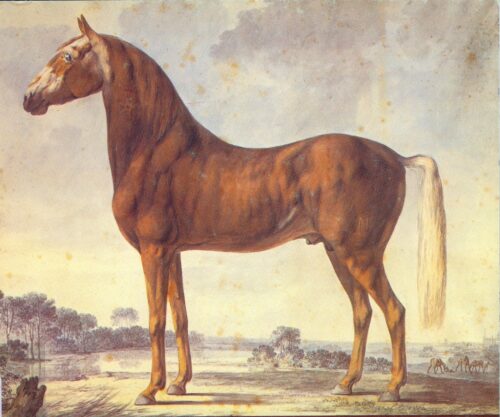
Some of the horses excavated in London may have come from the famous stud farm at Esrum in Northern Zeeland in Denmark.
In the Middle Ages, Esrum was famous for its horses, bred on a mixture of Frisian horses and imported horses from Andalusia providing a combination of muscle and speed. This stud farm was a major income for the Cistercians at Esrum, who achieved special permission in 1184 to breed and sell their horses if the income was sent to Citeux in France, from where it was redistributed to newer and less wealthy monasteries. After the Reformation, the King took over Esrum Monastery and its stud and moved it to Frederiksborg. Here, the ancient breeding of the “Frederiksborger” is still carried out. We know, the export of horses played a large role in the Danish economy in the Middle Ages.
If some of the horses in London were Danish, they might have arrived as gifts from the Danish King, Erik of Pommerania, who was married to an English Princess, Phillipa in 1405. Part of her trusseaux consisted of two wagons and eight equestrian harnesses and saddles, but no horses. Apparently, even if she had a favourite pony, she might be expected to be provided for properly at her arrival in Denmark. Why bring candy to the chocolate factory?
Tournament. © Jenna Goodwin 71183546 Dreamstime
Press release from University of Exeter: Original written by Andrew Merrington.
Isotopic biographies reveal horse rearing and trading networks in medieval London.
By Alexander J. E. Pryor, Carly Ameen, Robert Liddiard, Gary Baker, Katherine S. Kanne, J. Andy Milton, Christopher D. Standish, Bastian Hambach, Ludovic Orlando, Lorelei Chauvey, Stephanie Schiavinato, Laure Calvière-Tonasso, Gaetan Tressières, Stefanie Wagner, John Southon, Beth Shapiro, Alan Pipe, Oliver H. Creighton, Alan K. Outram.
In: Science Advances, 2024; 10 (12) DOI: 10.1126/sciadv.adj5782
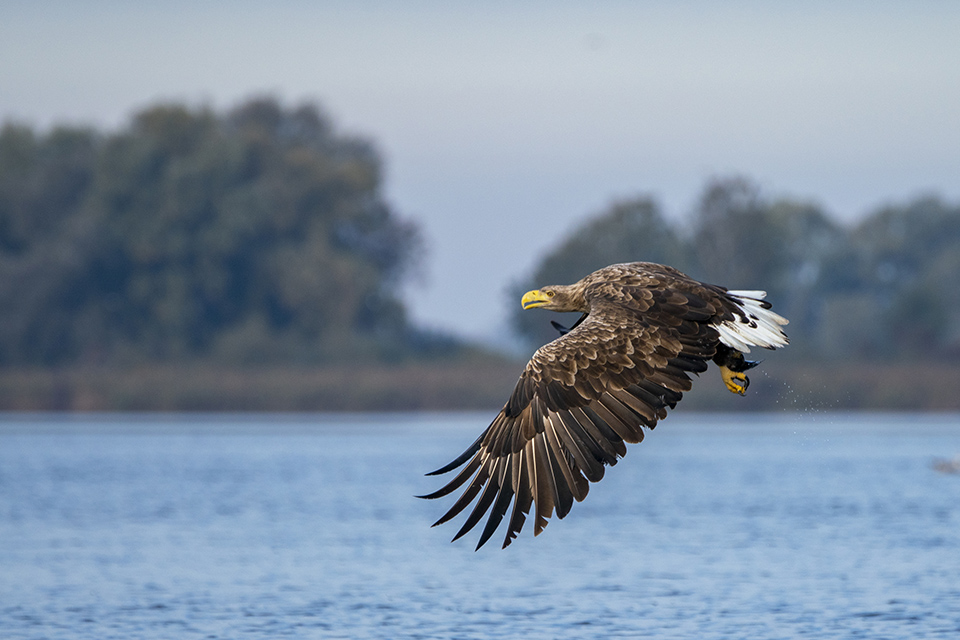
Germans and Poles living in the Oder Delta strongly support rewilding and the introduction of large animals - including wolves and lynx, returning its landscape to its former medieval glory.
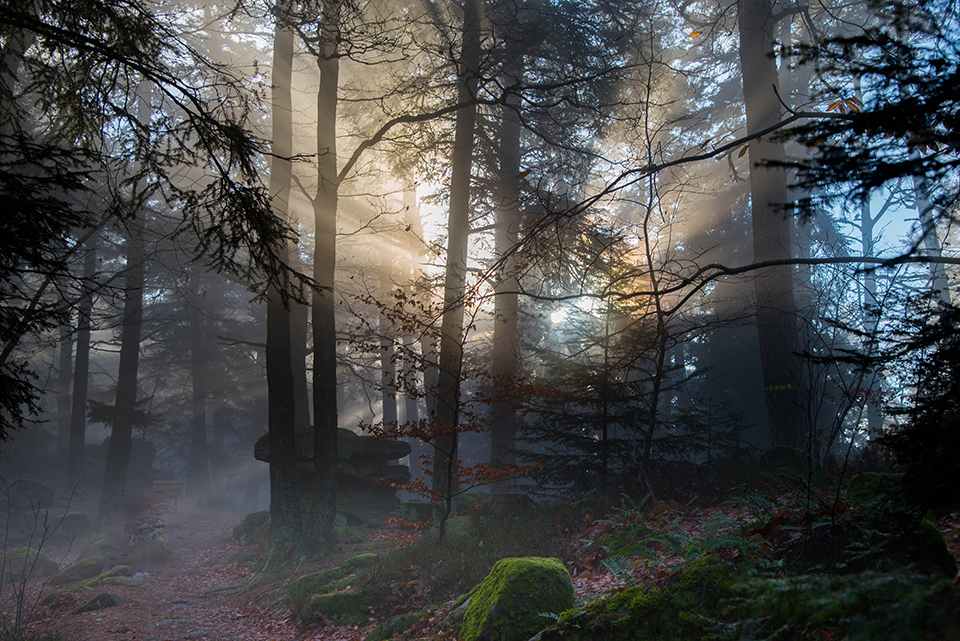
In the Early Middle Ages, the Vosges were regarded as a wilderness - by elites, poets and priests. However, the ideas about how to live in and utilise this wilderness were contested.
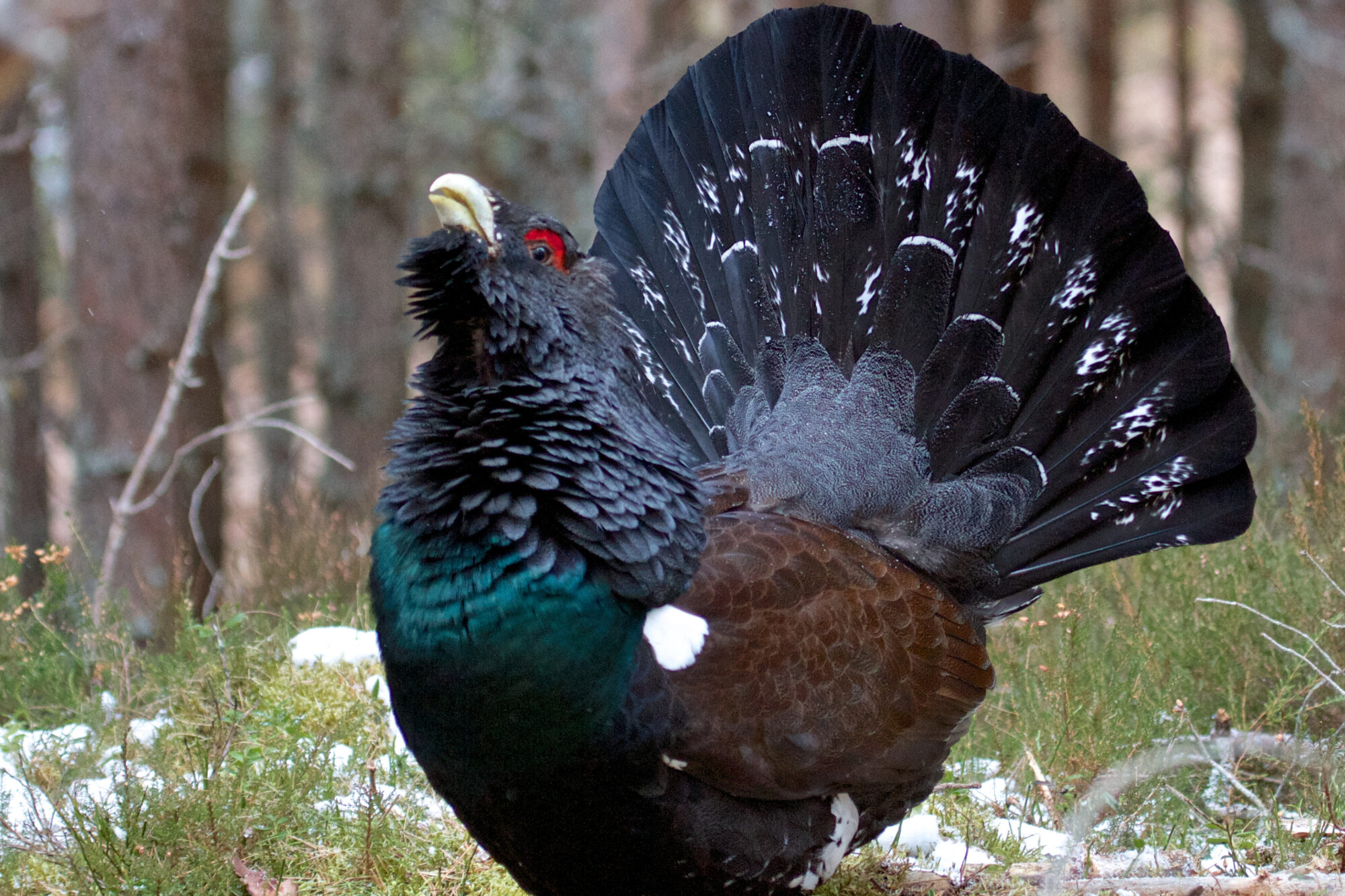
Since 1985 the number of European Capercailles in Middle Bavarian Alps have been reduced. This has happened despite a general hunting prohibition since 1973. New research points to the influence of climate changes, but also the impact of outdoor tourism
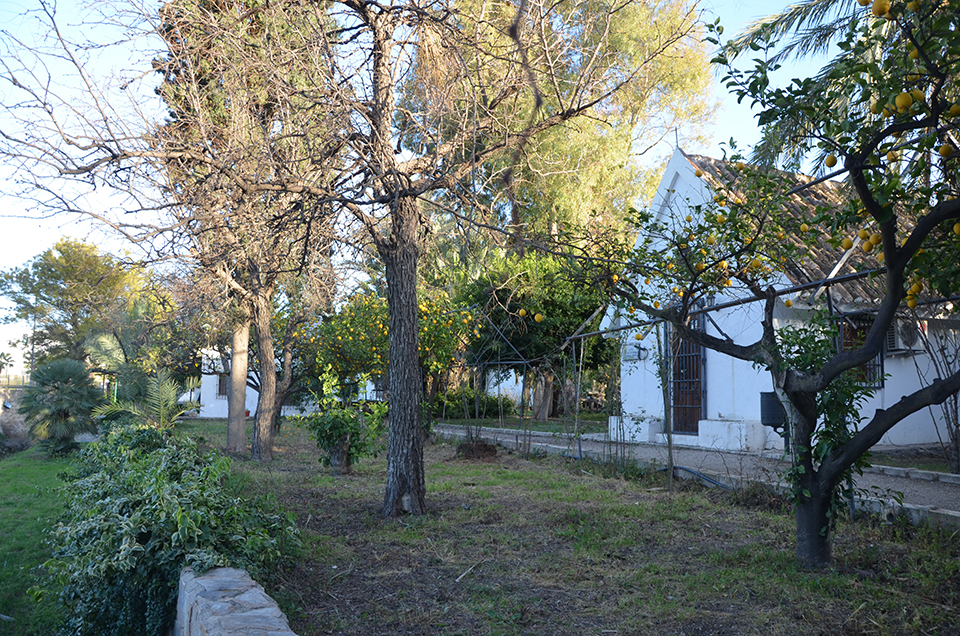
Following the footsteps of the Arabs in the 7th century Mediterranean, a Green Revolution took place, introducing new crops, irrigation techniques, and an innovative agrarian system. A new research project aims to broaden the perspective and explore the agrarian consequences from a broader ecosystemic viewpoint.
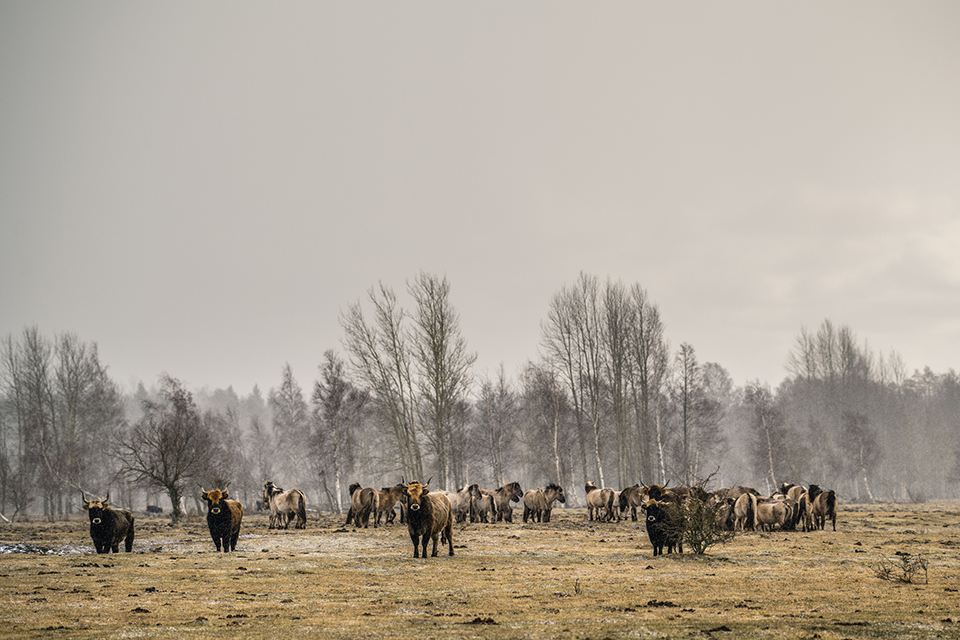
What is best when considering Europe's abandoned farmland? Should it be returned to more extensive - traditional and even Medieval - ways of sylvo-pastoral forms of cultivation? Or should it be rewilded with large grazers? Or left to its own devices?
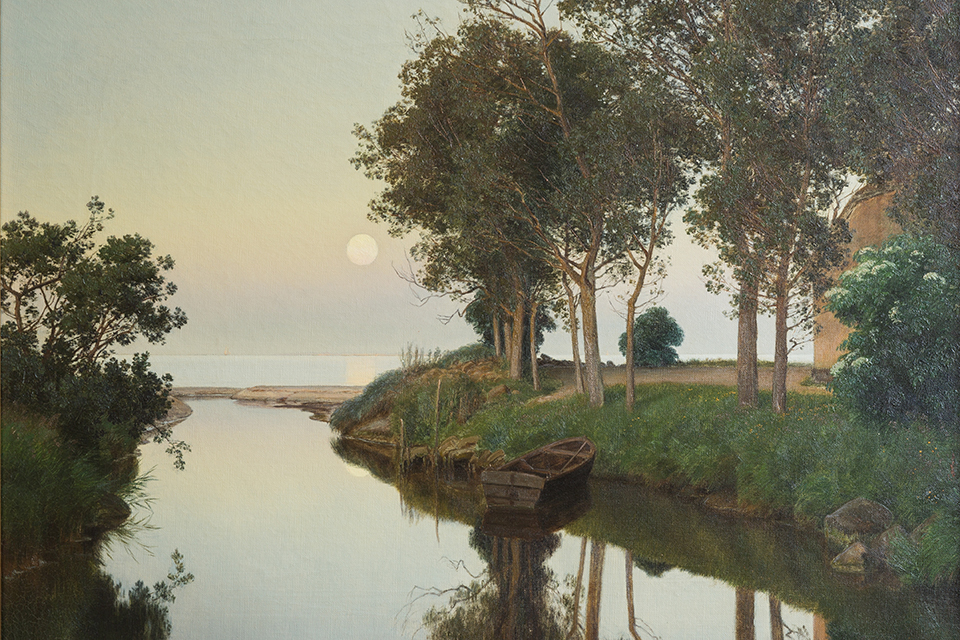
New method overlaying old and modern maps reveals what the medieval landscape in Denmark might have looked like
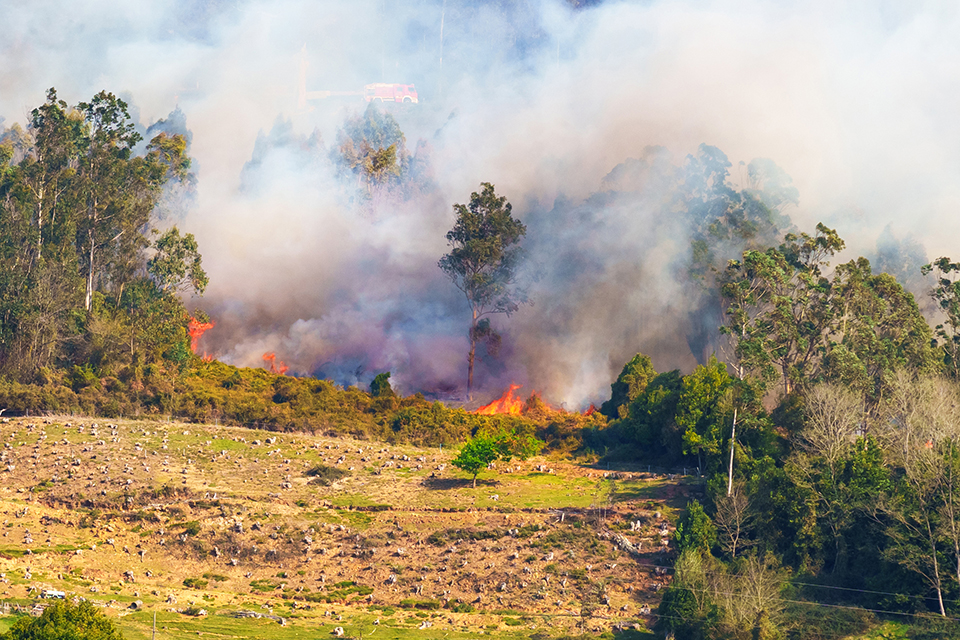
This summer, 2023, wildfires have once again laid waste large areas of Southern Europe. A tenth-century conflagration provides a fascinating comparison between medieval and present times.
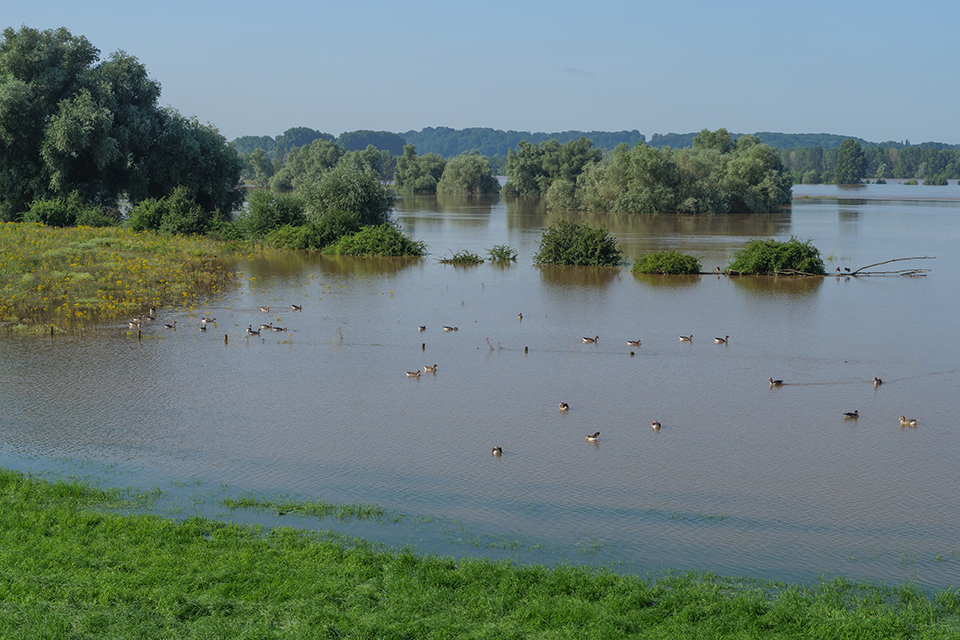
Bislich, where the grave of Bodi was discovered more than fifty years ago, lies in the middle of a protected river landscape well worth visiting
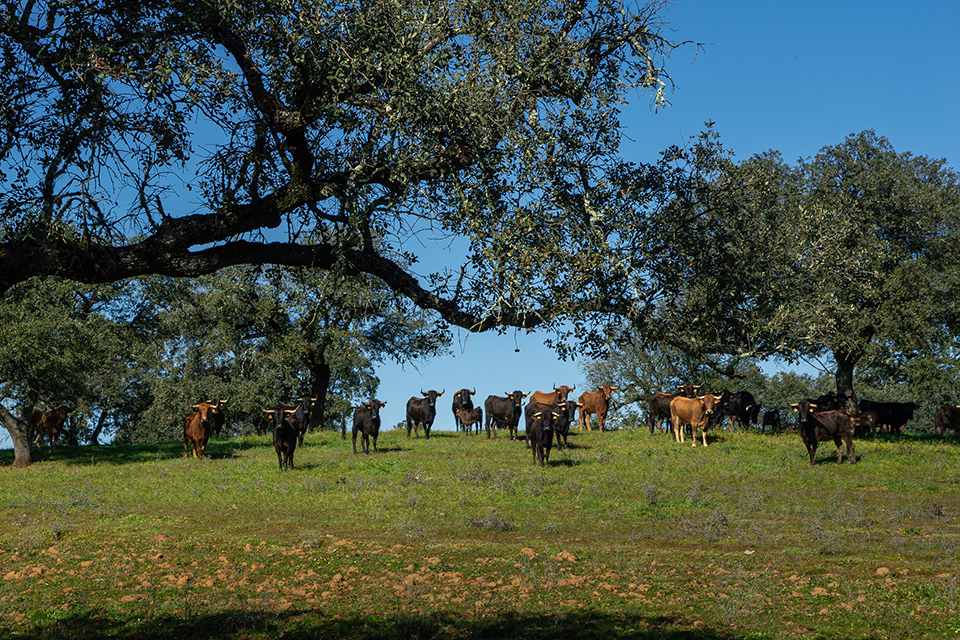
In Andalusia, the dehesa landscape dominates. The question is whether the protection of the dehesas serves to safeguard the cultural heritage or the biodiversity?

Also known as the Chillingham Cattle, Britain is home to four flocks of White Cattle living in the wild since the 12th century.
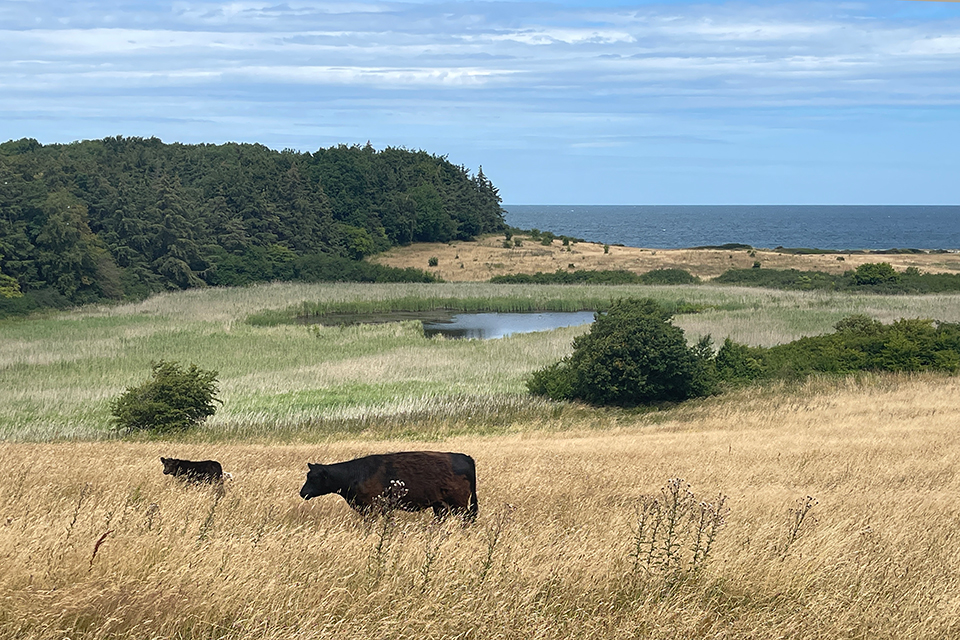
Rewilding can’t alleviate all the climate challenges we face. However, it does offer a precious contribution, namely a decisive upgrade of carbon sequestration in forests, grassland and tundras. With biodiversity as an added bonus.
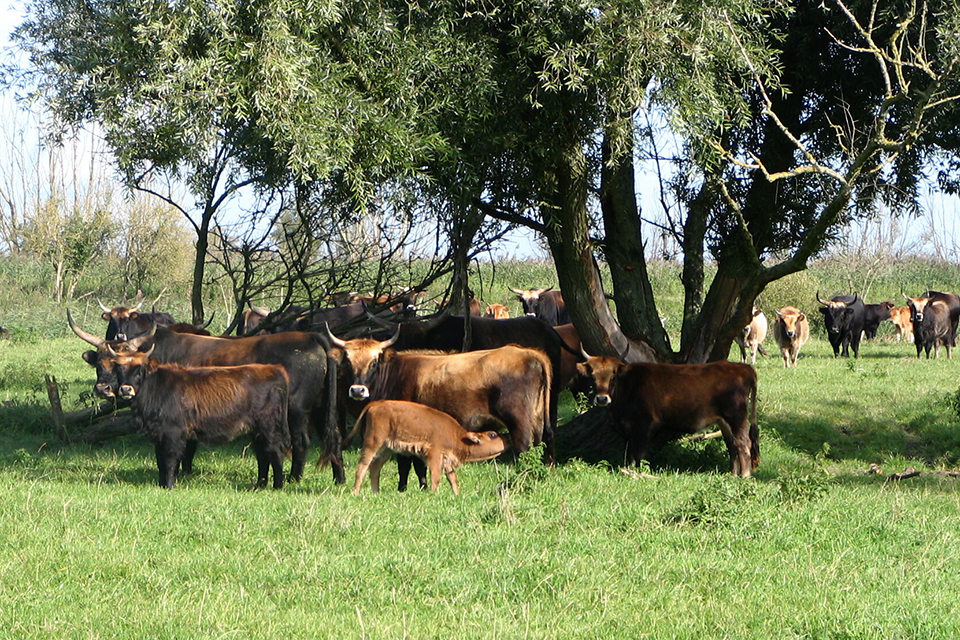
What the heck, does Heck Cattle have to do with environmentalism? Or rewilding? And is it amoral to resurrect such animals?
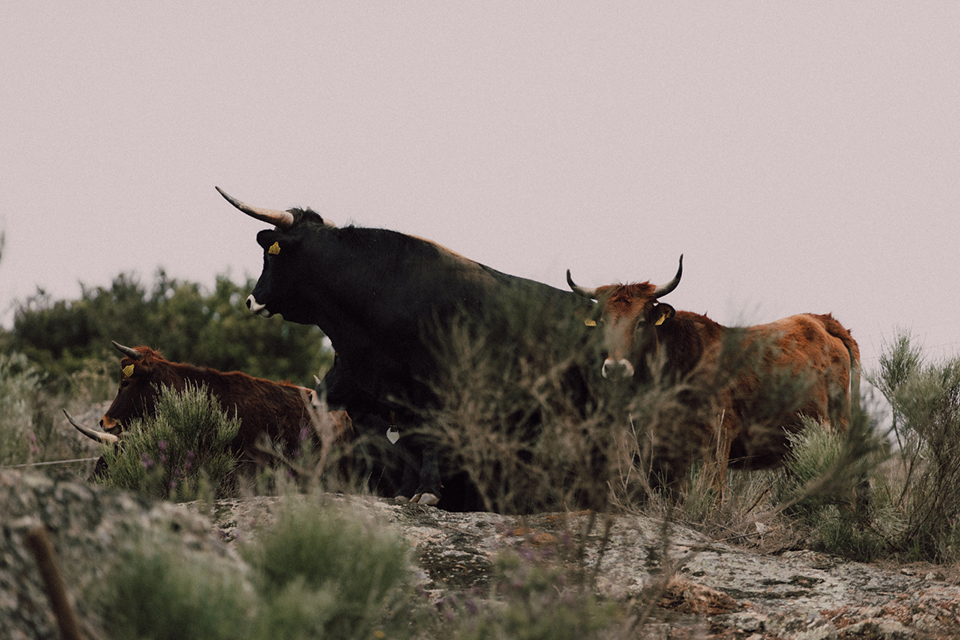
Backbred Aurochs have been released into the Greater Côa Valley for the first time. The herd will play a vital role in restoring grassland and woodland habitats in the rewilded landscape in Northern Portugal
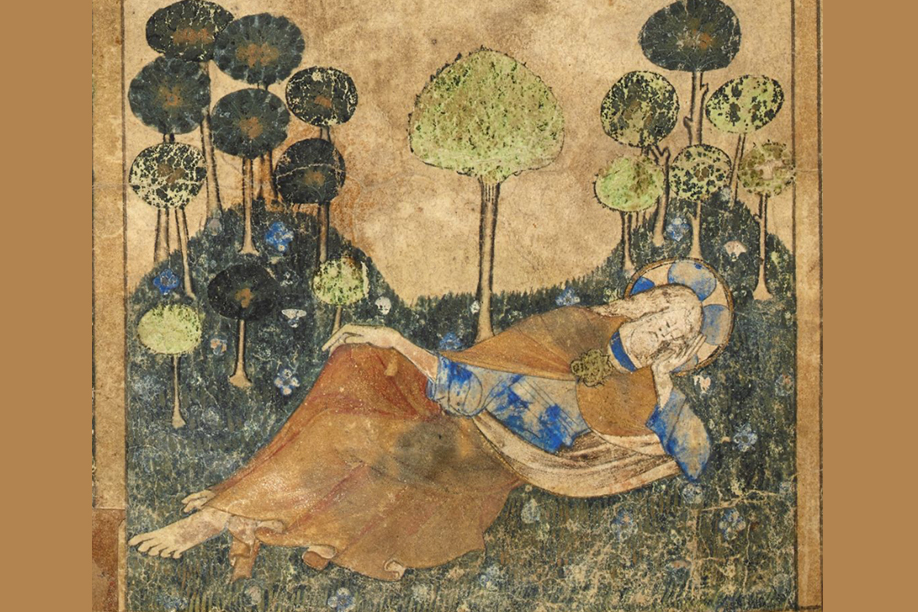
The essence of the medieval Christian landscape was encapsulated in the idea of the beloved place of pleasure, Paradise